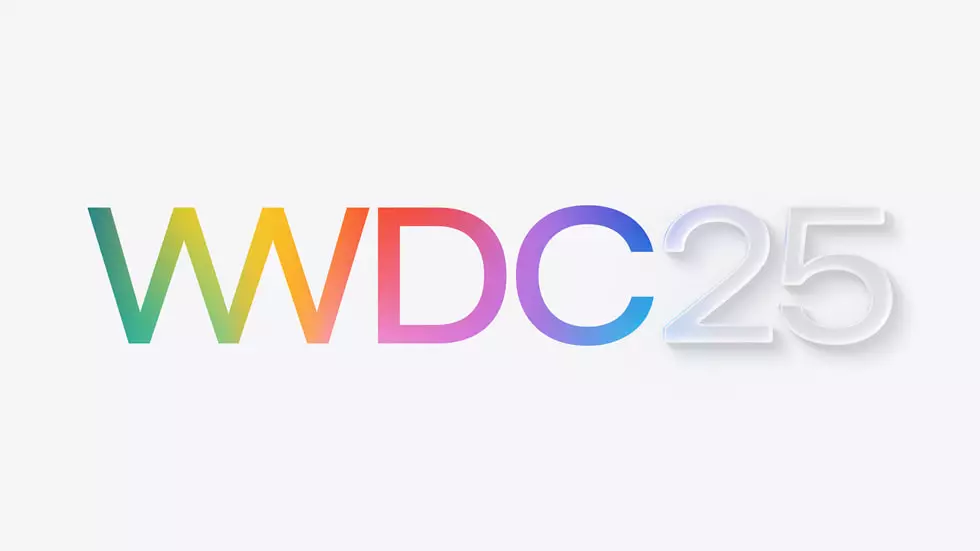The atmosphere surrounding Apple’s Worldwide Developers Conference (WWDC) last year was electric. Tech enthusiasts and industry insiders were eager to witness Apple’s leap into artificial intelligence (AI) — a realm often dominated by titans like Google and OpenAI. Apple, heralded for its innovation, stirred expectations of a groundbreaking AI platform that would not only compete but set new standards in personalized intelligence. However, as months rolled on, the initial thrill gave way to a growing sense of disappointment. The high stakes of AI have revealed significant cracks in Apple’s strategy, and the once-promised functionality has largely failed to materialize, leaving both developers and consumers yearning for more.
The Elusive Siri Revamp
A pivotal element of Apple’s AI vision was a sophisticated overhaul of Siri, touted as the cornerstone of its future ambitions. This updated Siri was envisioned as a context-aware assistant, poised to comprehend user behavior across various applications. Yet, the anticipated enhancements never materialized as scheduled. This delay is particularly disheartening, as it directly impacts developers who could have harnessed the new capabilities to create richer, more engaging applications. Without these features, Siri’s performance remains unimpressive, and Apple’s AI narrative becomes thin. The significance of a fully functional AI assistant cannot be overstated; it affects how users interact with their devices, and it creates a gap between Apple’s promises and its competitive reality, especially when pitted against more agile rivals.
Developers in Limbo
As the rollout of AI features has hit roadblocks, developers find themselves caught in a tricky predicament. The tools promised via Apple’s AI framework have become inconsistent, effectively stifling creativity and innovation. Developers had anticipated a robust suite of features that would enable them to leverage AI within their applications; instead, they are confronted with missed deadlines and a lack of comprehensive support. This inconsistency fosters a growing frustration among the developer community, limiting Apple’s ecosystem growth and leaving a void that competitors are ready to fill. The ability to build more intuitive applications — which appealed to both seasoned developers and new entrants — remains unrealized, constraining potential revenue streams for Apple.
A Shifting Landscape: The Push for AI in App Development
Amid uncertainty regarding Siri and AI integrations, a significant shift is taking place in the app development landscape. Tools like Cursor and Replit have revolutionized app development, enabling faster code generation and attracting a diverse user base. With AI-assisted frameworks capable of simplifying complex tasks, the barrier to app creation has diminished remarkably. For Apple to regain its footing, it must embrace this trend and modernize its own tools. Establishing an environment that encourages both seasoned developers and novices to create robust apps using accessible technological aids could be transformative. The potential reward is substantial, enriching the App Store while opening new revenue streams for Apple, especially in light of waning commissions from digital content sales.
Legal and Economic Pressures: Implications for Apple’s Revenue Model
Significantly, Apple is not only grappling with its AI development struggles but also finding itself challenged by legal regulations that could fundamentally alter its revenue model. A recent U.S. court ruling mandates that Apple must allow developers to direct users to outside payment methods, effectively circumventing the company’s previously unquestioned commission structure. With Apple’s income heavily reliant on these commissions — which constituted a staggering $1.3 trillion in billings and sales in 2024 — the implications of this legal shift could be profound. Developers will now have the opportunity to encourage customers to engage with third-party payment options, possibly at more competitive prices. Consequently, Apple is compelled to reassess its value proposition to developers and users alike in an ecosystem where AI and app utility are rapidly evolving.
The Expectations for WWDC 2025
Looking ahead to WWDC 2025, the air is thick with anticipation—yet tinged with caution. Gone are the days of unbridled excitement; the prevailing sentiment now calls for pragmatic, incremental advancements rather than revolutionary breakthroughs. Developers and analysts are less focused on major overhauls in Siri or AI prowess, but rather on essential refinements that foster better integration and usability of AI within existing frameworks. As rivals continue to innovate at accelerated rates and the regulatory landscape complicates Apple’s operational model, the company is at a crossroads. It must re-establish itself as a leader in AI innovation, not only to meet the expectations of developers but also to secure the loyalty of consumers in an environment increasingly dominated by rapid technological change.

